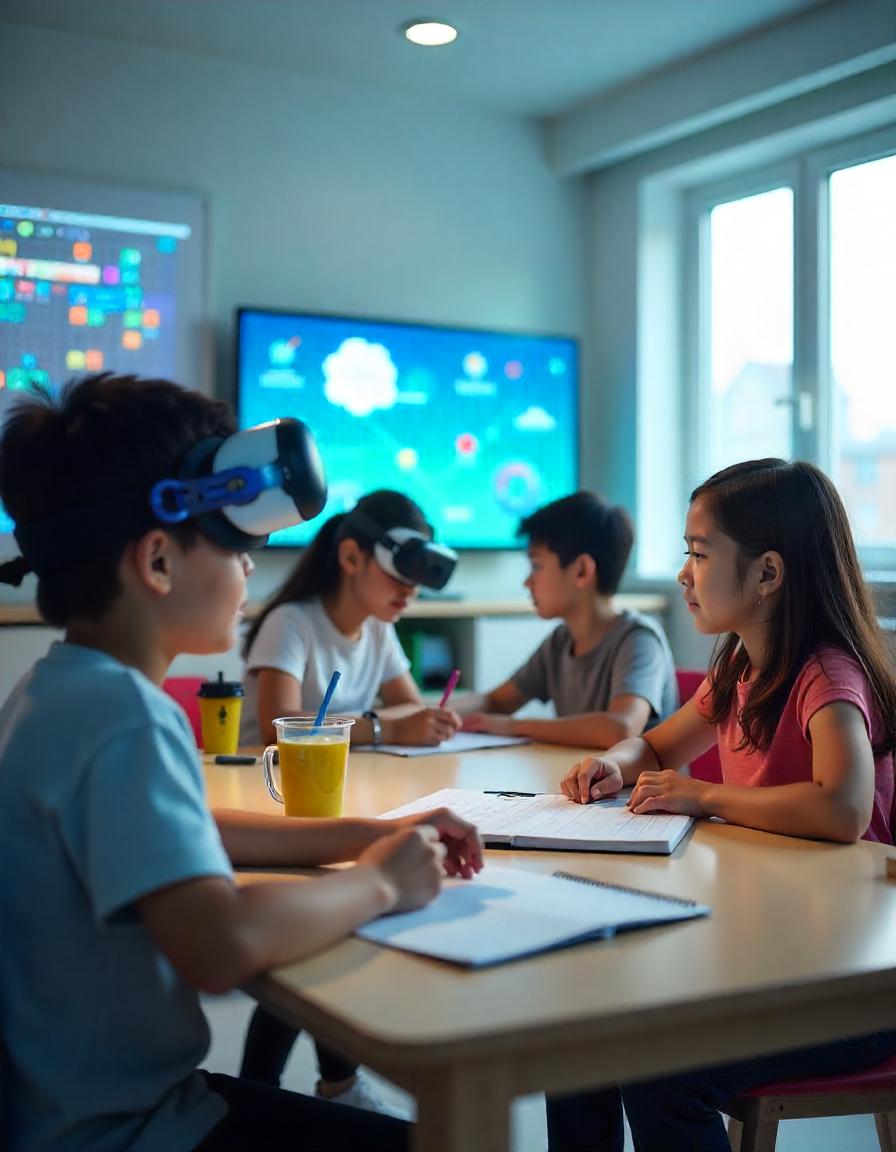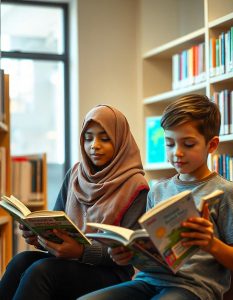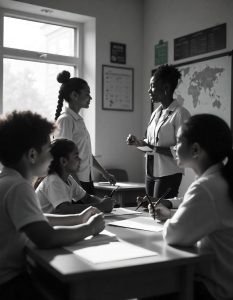In today’s rapidly changing world, effective teaching methods are crucial for fostering student engagement and enhancing learning outcomes. Traditional educational models often struggle to meet the diverse needs of learners. As a result, innovative approaches and alternative educational systems have emerged, offering new ways to inspire and educate students. This article explores various teaching methods, including innovative strategies and alternative systems like Montessori and Waldorf, highlighting their significance in modern education.
Innovative Approaches in Education
Definition and Importance
Innovative teaching methods refer to practices that go beyond conventional instruction, aiming to engage students actively in their learning process. These approaches are essential as they cater to the diverse learning styles and preferences of students, preparing them for a dynamic and interconnected world.
Examples of Innovative Approaches
- Project-Based Learning (PBL)
Project-Based Learning involves students working on real-world projects over an extended period. This method encourages critical thinking, collaboration, and problem-solving skills. By engaging in hands-on projects, students apply their knowledge and see the relevance of their studies in practical contexts.
- Flipped Classroom
The flipped classroom model reverses traditional teaching methods by delivering instructional content online, outside of the classroom. In-class time is then dedicated to engaging in activities that reinforce learning. This approach fosters active participation and allows teachers to provide personalized support to students.
- Gamification
Gamification incorporates game design elements into the learning process to enhance motivation and engagement. By using points, badges, and challenges, educators can create a more interactive and enjoyable learning experience. This method has proven effective in increasing student participation and retention of information.
- Blended Learning
Blended learning combines online digital media with traditional face-to-face classroom methods. This approach offers flexibility, allowing students to learn at their own pace while still benefiting from direct interaction with teachers and peers. Blended learning can cater to various learning styles, making education more accessible.
Alternative Educational Systems
Overview of Alternative Education
Alternative educational systems provide different frameworks for learning compared to traditional models. These systems often emphasize holistic development, creativity, and student-centered learning, making them appealing to diverse learners.
Montessori Method
Principles of Montessori Education
The Montessori method is based on the belief that children learn best when they are free to explore and engage with their environment. It emphasizes self-directed activity, hands-on learning, and collaborative play. Teachers act as guides, facilitating learning rather than dictating it.
Benefits and Outcomes
Montessori education fosters independence, critical thinking, and a love for learning. Research has shown that students in Montessori programs often outperform their peers in traditional settings, particularly in areas such as math and reading. Schools like the Montessori School of New York have demonstrated the effectiveness of this approach.
Waldorf Education
Key Features of Waldorf Education
Waldorf education focuses on nurturing the whole child—intellectually, emotionally, and socially. It integrates arts, crafts, and practical skills into the curriculum, emphasizing creativity and imagination. A strong sense of rhythm and routine is also central to the Waldorf approach.
Benefits and Outcomes
Waldorf education promotes emotional intelligence and social skills, preparing students for the complexities of life. Graduates often exhibit strong problem-solving abilities and creativity. Schools like the Waldorf School of San Diego exemplify the success of this educational philosophy.
Comparison of Traditional and Alternative Methods
The key differences between traditional education and innovative or alternative approaches lie in their focus and methodology. Traditional education often emphasizes rote memorization and standardized testing, while innovative and alternative methods prioritize student engagement, critical thinking, and personalized learning experiences. These approaches cater to different learning styles, allowing students to thrive in environments that suit their individual needs.
Challenges and Considerations
Implementing innovative and alternative methods can present challenges, such as resistance from educators accustomed to traditional practices and the need for professional development. Additionally, schools may face logistical issues, such as resource allocation and curriculum alignment. Educators and institutions must carefully consider these factors when adopting new approaches to ensure successful implementation.
Conclusion
Innovative teaching methods and alternative educational systems play a vital role in shaping the future of education. By embracing diverse approaches like Project-Based Learning, Montessori, and Waldorf, educators can create enriching learning environments that cater to the needs of all students. As we move forward, it is essential for educators to explore and adopt these methods, fostering a generation of learners equipped to navigate an ever-evolving world.
References
– Fastweb: A leading online resource for finding scholarships and financial aid.
– College Board: Provides information on college costs and financial aid options.
– Cappex: A platform that connects students with scholarships and colleges.
– Federal Student Aid: Information on federal grants, loans, and work-study programs in the U.S.
– Study in Norway: Information on tuition – Study in Norway: Information on tuition fees and scholarships available for international students in Norway.
– Montessori Foundation: Resources and research on the Montessori method and its implementation in schools.
– Waldorf Education: Insights into the principles and practices of Waldorf education, including its impact on child development.
– Edutopia: Articles and resources on innovative teaching strategies and their effectiveness in various educational settings.
– Journal of Educational Psychology: Research studies on the outcomes of different teaching methods and their influence on student learning.
By leveraging these resources, educators can deepen their understanding of innovative approaches and alternative educational systems, ensuring they are well-equipped to foster a positive and effective learning environment for their students.
In conclusion, the landscape of education is continuously evolving, and the adoption of innovative teaching methods and alternative educational systems is crucial for meeting the diverse needs of learners. As educators, parents, and policymakers recognize the importance of these approaches, we can create a more inclusive, engaging, and effective educational experience for all students. Embracing change and innovation in education will ultimately lead to the development of well-rounded individuals prepared to thrive in an increasingly complex world.



